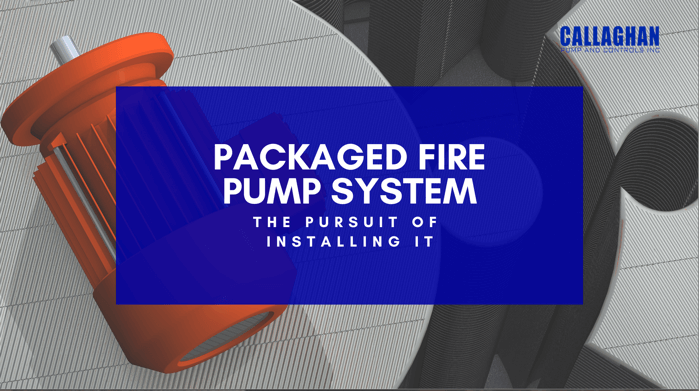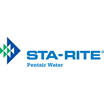The Pursuit of Successfully Installing a Packaged Fire Pump System
June 20th, 2022
The installation of a packaged fire pump system in a commercial or industrial building is a common occurrence. It allows the building to maintain adequate water pressure during a fire accident. The National Fire Protection Association (NFPA) created NFPA 20 Standard for the successful installation of fire pumps for fire protection. The standard covers the design, size, type, location, and ventilation of fire pump systems.
A fire pump is either driven by electricity, diesel, or steam. While electric motors are the most common ones, steam drives are very rare. Diesel engines are suitable when the electrical supply is unreliable or insufficient. These engines are also great when a property is in a seismic zone.
This blog post will discuss design and installation issues with NY Fire Pumps. We will help you dive deeper into the world of fire protection to understand how to successfully install your fire pump.
The Successful Installation of New York City Fire Pumps
The innovative NY Fire Pumps are designed to allow easy installation, operation, and maintenance. These pumps permit easy-piping layout and pump mounting. Design features like bearing will make the installation of the pump reliable, no matter where you install it. What’s more? New York City Fire Pumps are thoroughly tested and inspected before shipping. They are carefully examined for possible damage during transit. Here are a few important things to consider when installing them.
- Location and StorageLocate the fire pump in a dry area as near to the city water entrance as possible. Use a direct suction pipe, so the shaft can be rotated by hand 10 to 15 revolutions when required. Also, it’s important to ensure that the location is properly ventilated and has enough space for any movement during repairs or maintenance work.
- FoundationThe foundation of the fire pump should be sufficiently substantial, so it can absorb any vibration. It must form a rigid support for the base plate. Also, foundation bolts of appropriate size should be embedded on the concrete surface. Place the pumping unit on the foundation with wedges under the base plate and leave around ¾” space for grouting. Make sure you secure the unit by adjusting the wedges until the shafts and drivers are levelled. Check the coupling faces and suction and discharge flanges for both horizontal and vertical positions with a level. Minor misalignment at this point can be easily corrected by adjusting the wedges.
- Mounting and PipingDon’t connect a pump to piping. Instead, always start piping from the pump and use as few bends as you can. Choose long radius piping and good supports under the suction. Also, it’s vital to discharge piping with anchors nearby, so the piping exerts no strain on the pump, as this can disturb the alignment of the pump or the casing.
- ExhaustFire pumps often consume large volumes of air and dispose of combustion gases to operate efficiently, especially in the case of diesel fire pumps. The manufacturer’s guidelines provide the required quantity of air combustion, so you can create the right setting in accordance with exhaustion. A proper exhaust system should be in place to dispose of combustion gasses. Rout it to a safe place of discharge with respect to the manufacturer’s installation manual, NFPA 20, and other ordinances. Make sure you keep the exhaust system as short as possible and the heat transfer to a minimum level.
If you have any questions regarding the installation or maintenance of the NYC fire pump, feel free to contact us.













